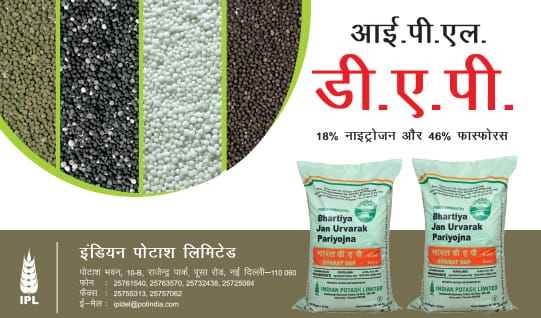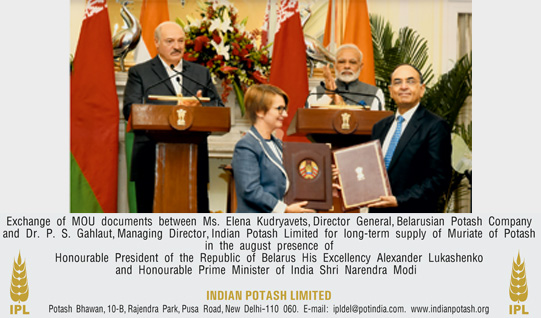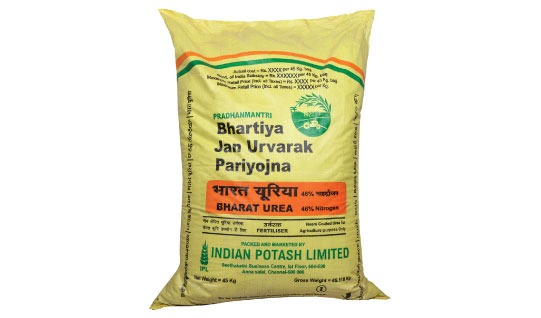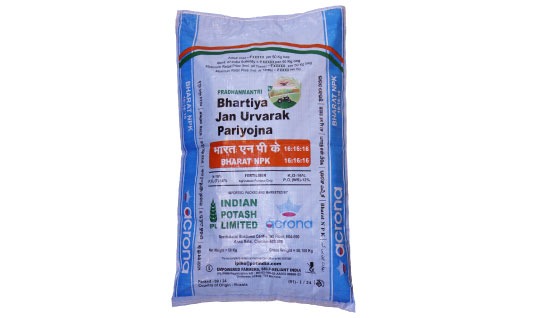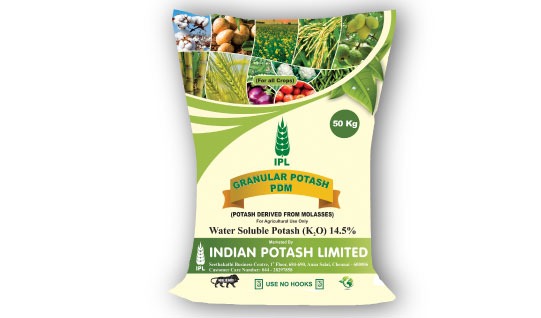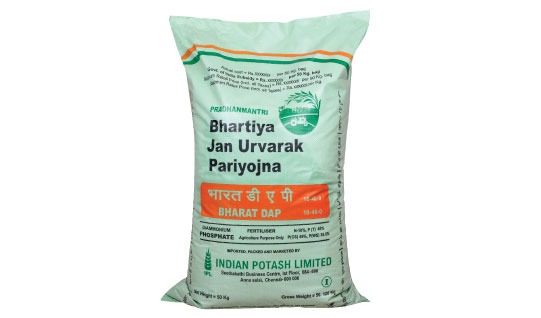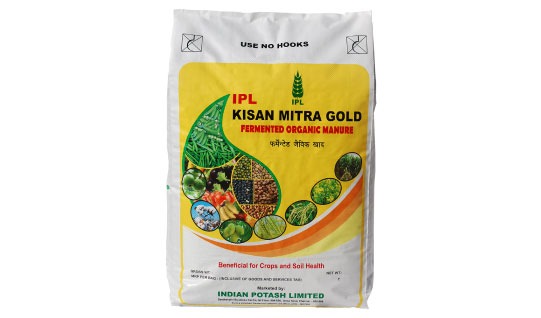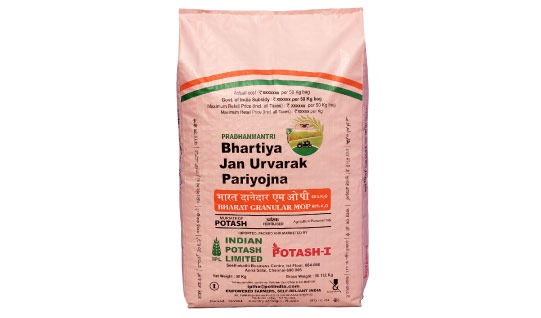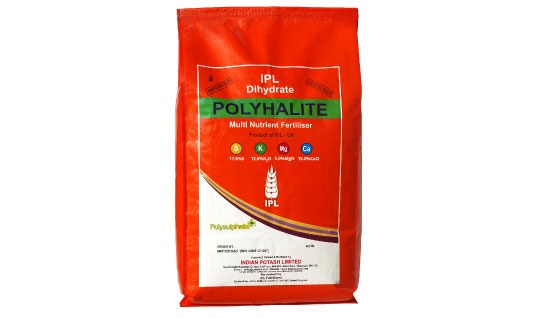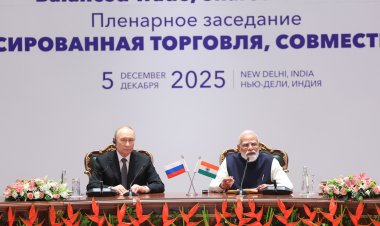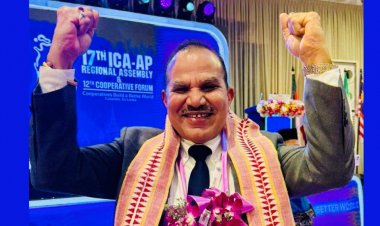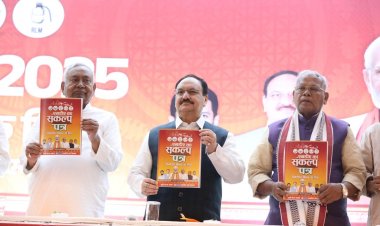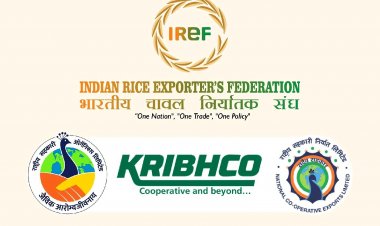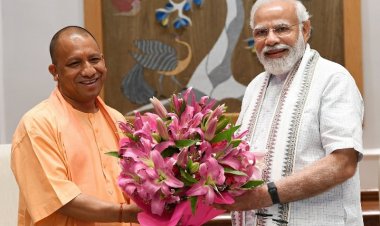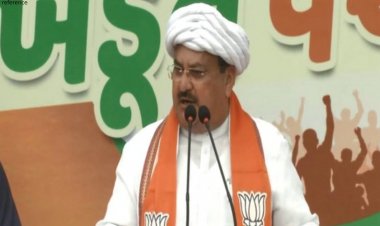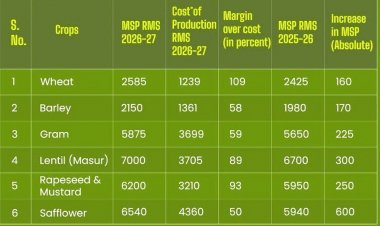US Pressures India to Open Agriculture Sector as Trade Talks Advance
US Commerce Secretary Howard Lutnick has urged India to open its agricultural sector, stating that "it just can't stay closed." His remarks come as Washington pushes for greater market access for American nuts, fruits, and poultry, amid ongoing negotiations between the two nations.
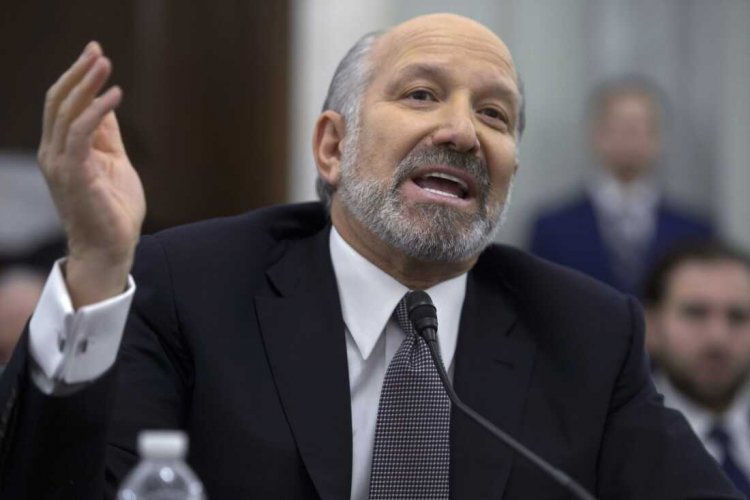
In a significant push for deeper trade ties, US Commerce Secretary Howard Lutnick has urged India to open its agricultural sector, stating that "it just can't stay closed." His remarks come as Washington pushes for greater market access for American nuts, fruits, and poultry, amid ongoing negotiations between the two nations.
Lutnick acknowledged India's sensitivities regarding the farm sector but emphasized the need for a balanced and pragmatic approach. "The Indian market for agriculture has to open up... How you do that and the scale by which you do that, maybe through quotas, maybe through limits. You can be smarter when you have your most important trading partner on the other side of the table," he stated at the India Today Conclave. His comments signaled that the US recognized India might not opt for outright liberalization but could consider phased or conditional access.
Advocating for a bilateral trade agreement, Lutnick underscored the advantages India could gain from aligning with "the largest consuming economy in the world." He proposed a "grand deal" under which India would lower tariffs on US imports in exchange for deeper economic cooperation. "Let's bring India's tariff policy towards America down, and America will invite India to have an extraordinary opportunity and relationship with us," he stated.
Beyond trade, Lutnick also addressed geopolitical concerns influencing India-US relations. Responding to concerns that trade and tariffs have dominated discussions during former President Donald Trump's second term, he emphasized the broader strategic partnership between the two nations. He pointed to India's historical reliance on Russian military equipment, arguing that Washington wants to see a shift away from Moscow. "India has historically bought significant amounts of its military (equipment) from Russia. We think that is something that needs to end," he remarked.
Additionally, Lutnick touched upon India’s role in the BRICS alliance, which includes Brazil, Russia, China, and South Africa. He noted Beijing's proposal for a common BRICS currency, a move Trump opposes as an attempt to undermine the dominance of the US dollar. "These are the kind of things that don't create the love and affection that we feel deeply towards India. We would like those things to end, and we would like trade to be more fair. We would like to create an incredible and strong relationship with India," he said, hinting at Washington's expectations regarding India's economic and strategic alignments.
As the US prepares to impose new tariffs on April 2, India is actively considering tariff reductions on certain American agricultural imports to ease tensions and facilitate trade negotiations. Officials indicate that talks are progressing to lower or eliminate import duties on American walnuts, almonds, apples, and cranberries. The broader goal remains to resolve key trade disputes and finalize a bilateral trade agreement by the end of the year.
Currently, New Delhi imposes high tariffs on these products, ranging from 42-120% on almonds, 50% on apples, and 100-120% on walnuts. India is also contemplating duty reductions on American cherries and cranberries, which currently face a 30% import levy. The move aligns with India's broader trade strategy, which seeks to strike a balance between protecting domestic agriculture and expanding industrial exports.
Trade between the two nations has been steadily increasing, with India importing $614.5 million worth of almonds from the US between April and November in FY25, along with $22.48 million worth of apples and $6.68 million worth of cranberries. With a target of reaching $500 billion in bilateral trade by 2030, both sides appear keen on ironing out key differences and establishing a stronger, mutually beneficial economic partnership.
As discussions intensify, India faces the challenge of balancing domestic agricultural interests with the need for stronger trade ties with Washington. With reciprocal tariffs looming, the coming weeks could prove pivotal in shaping the future of India-US trade relations.



 Join the RuralVoice whatsapp group
Join the RuralVoice whatsapp group



